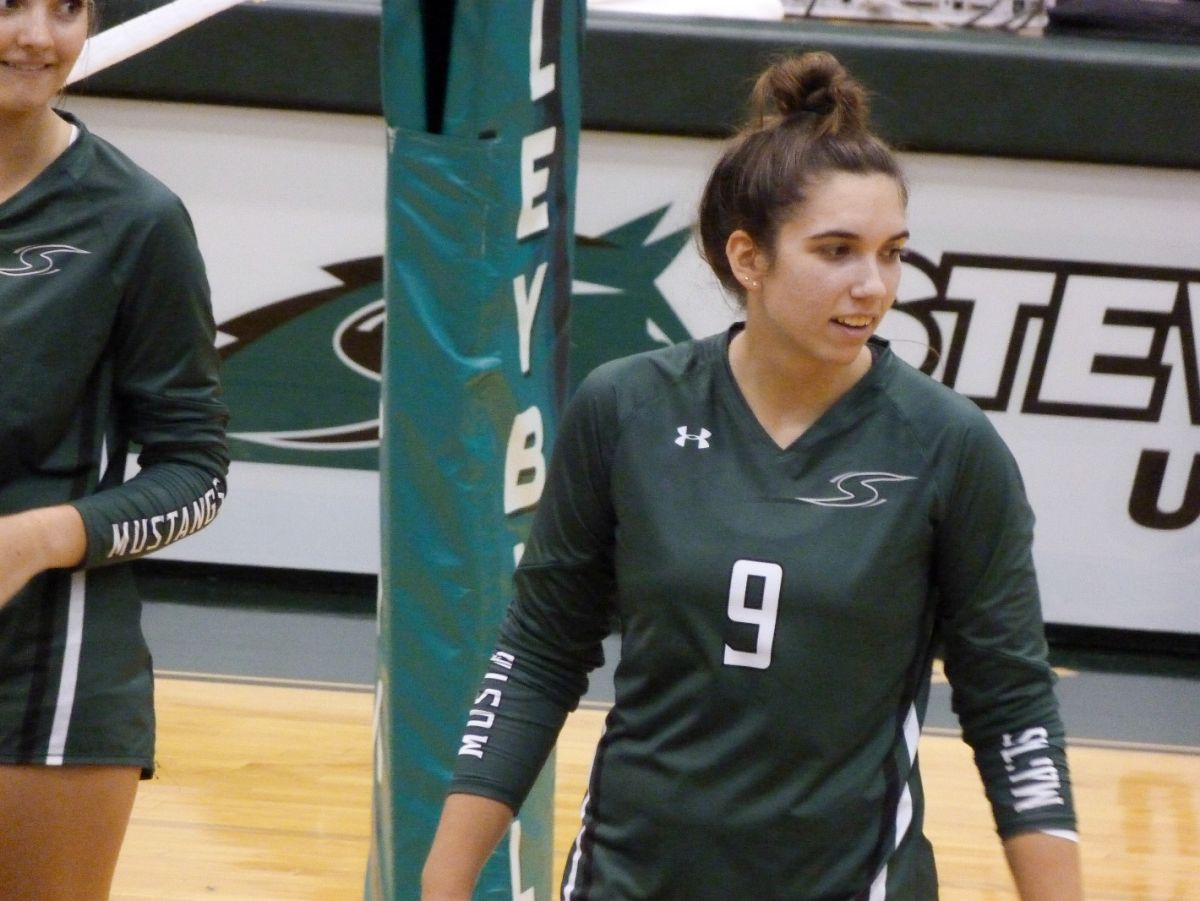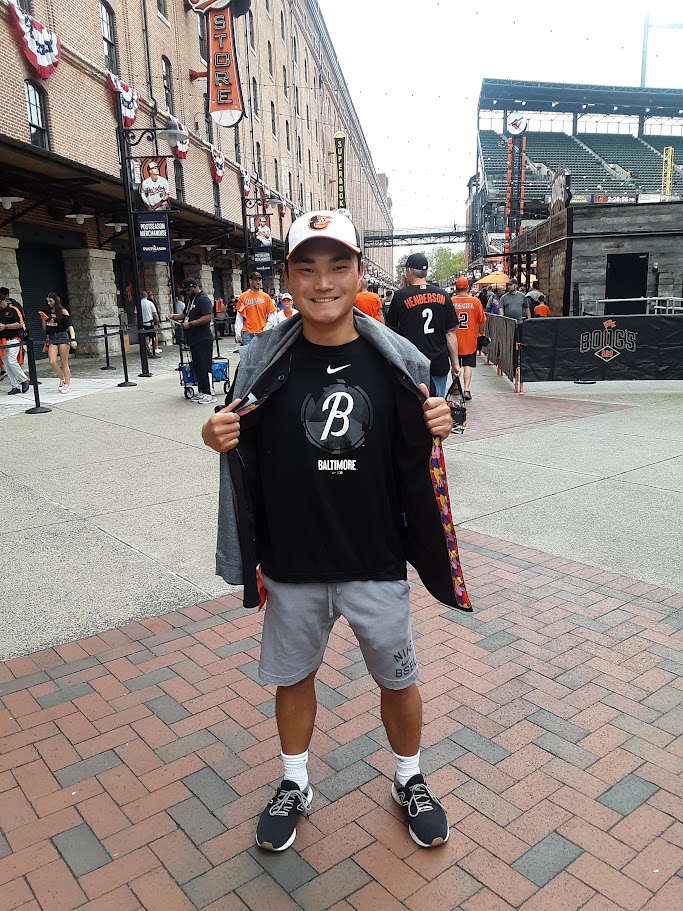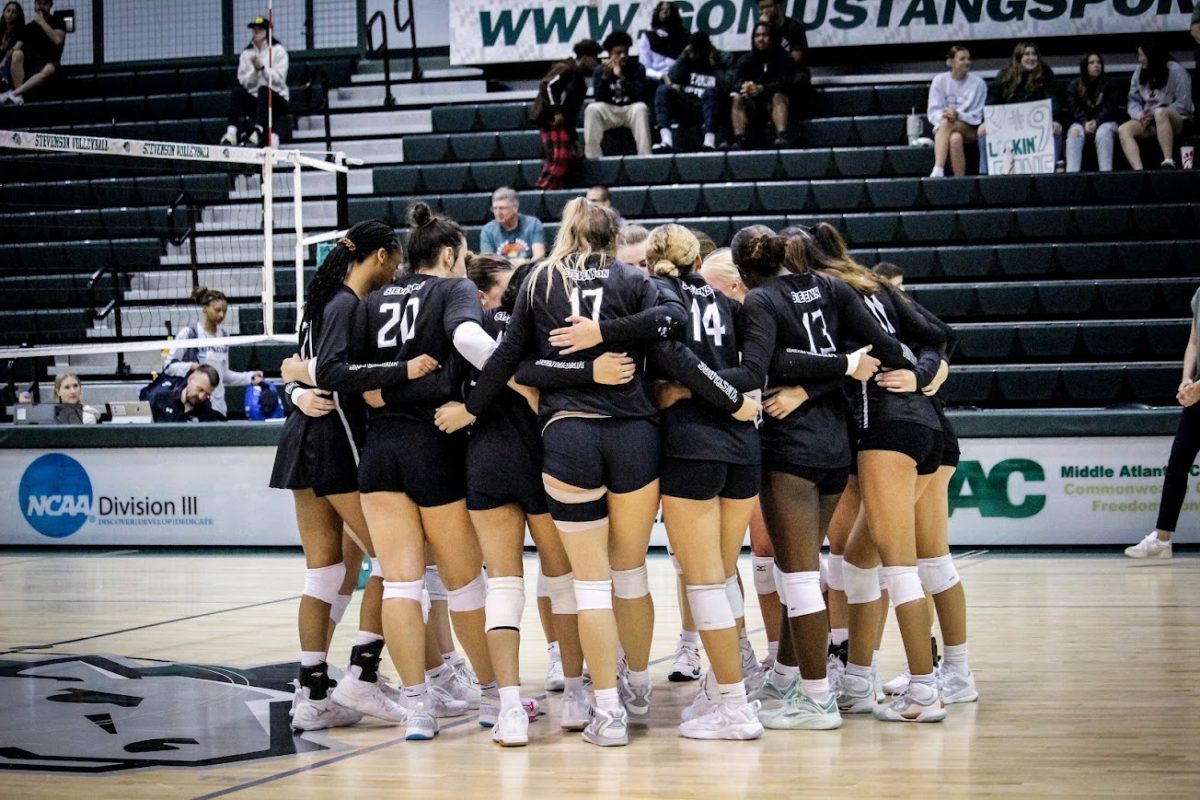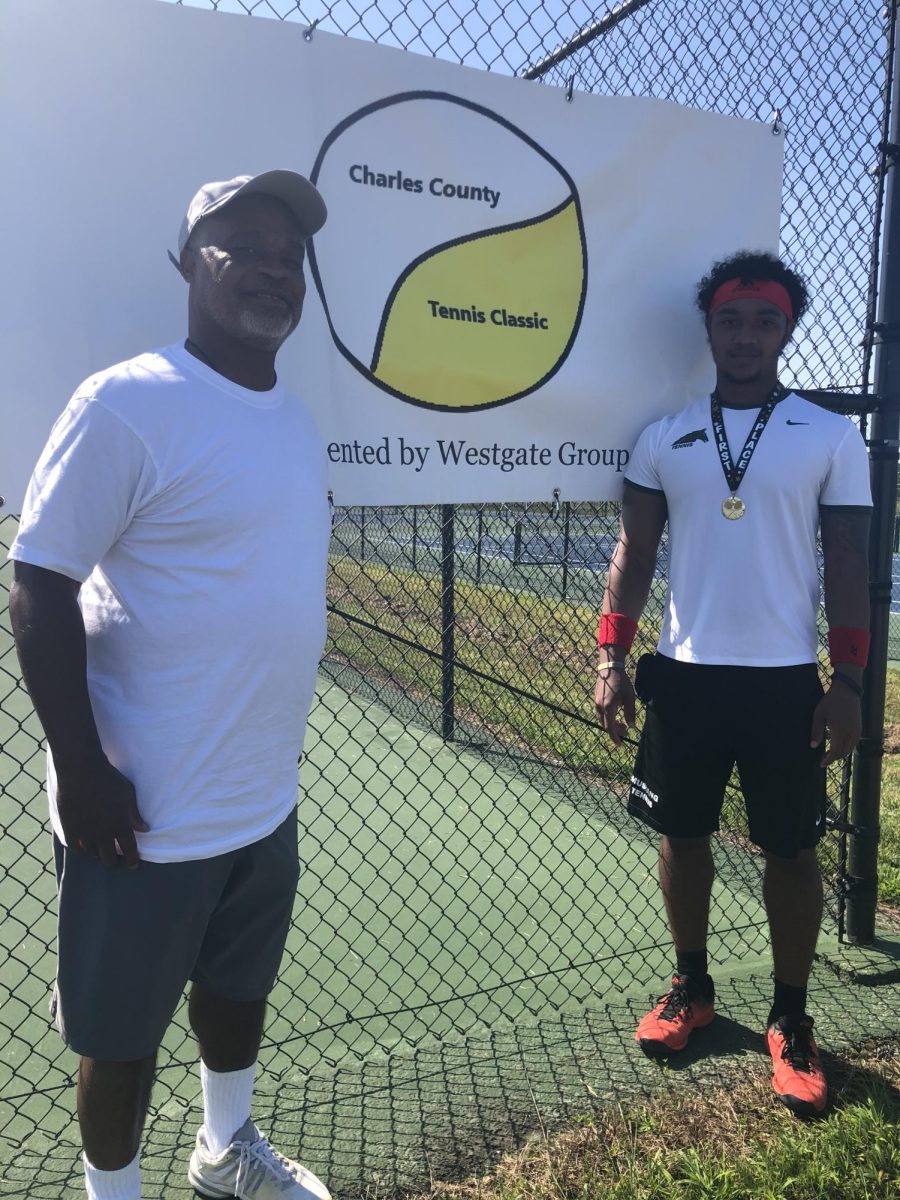Everything in life is a choice. I chose to live a life with less.
In November of 2016, I stumbled across a series of YouTube videos driven by a word foreign to me: minimalism.
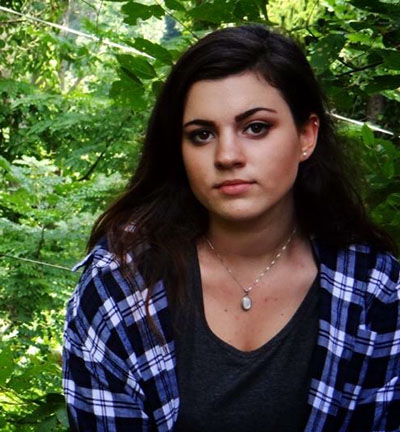 I had no idea what minimalism was at the time, or how it would soon change the course of my life. Although I was clueless, I did notice one constant throughout those videos: these people were significantly happier because of their so-called minimalism. So, I made the choice to simplify my life.
I had no idea what minimalism was at the time, or how it would soon change the course of my life. Although I was clueless, I did notice one constant throughout those videos: these people were significantly happier because of their so-called minimalism. So, I made the choice to simplify my life.
After binge-watching videos of people decluttering their lives away, I decided to begin where I saw most fit: my wardrobe. Over the course of one day, I got rid of about 70 percent of my wardrobe. I was shocked by how many clothes I had accumulated over the years—some worn down to the thread, some never worn with the tags still on, some shoved in the corner of my dresser, forgotten. Five overflowing garbage bags later, I felt a weight lifted off my shoulders in the most literal sense of the phrase.
Then came the books, decor, iPhone apps, and other odds and ends—I never realized how much stuff I actually had. When you’re born into a consumer-driven culture that capitalizes on The American Dream, you are wired to think the accumulation of material things is normal. When I took a step back and looked at all the clutter around me, I had to face the reality that I had been pacifying myself with those things up until that point.
From that day forward, I found myself going through each of my possessions and asking myself, Is this essential? Does this add value to my life? But more importantly, Is this contributing to my happiness or inhibiting it?
Many people seem to think that minimalism is synonymous to getting rid of all of their stuff, so I’ve learned to equate the entire lifestyle to “simplifying” instead. As Joshua Fields Millburn of the self-proclaimed The Minimalists said, “Minimalism is not a radical lifestyle, it’s a practical lifestyle.” It’s about getting rid of the excess to make room for what’s important, and being intentional about what you surround yourself with.
However, the relief that came from getting rid of my things soon subsided, and I was left wondering, What’s next? When I was past the point of physical decluttering, I was forced to wander into the uncharted territory of my mental clutter.
The word “enough” surfaced in my mind; I had always tailored my life to that six-letter word. The problem with searching for “enough” is that I was inevitably chasing “more.” I had money, but it seemed to be disappearing faster than I was earning it. I had stuff, but it stressed me out every time I looked at it. And still no happiness in sight. I even checked under the mattress, twice.
We can sit in the middle of excess and still feel like we have nothing. It took having what I wanted and losing it to realize I never wanted any of it in the first place. Happiness couldn’t be found under my pile of stuff, and I was tired of looking. So I set out on a path of intention.
Because of this journey I undertook over a year ago, I continue to redefine my life everyday. I no longer feel the incessant itch for more; I don’t find myself wanting the same things anymore. I replaced those ingrained habits with practical habits, and soon those practical habits became intuitive. By eliminating the things that don’t matter to me, I have been able to prioritize the things that do. I’ll leave you with a quote from an unknown source that has resonated with me: “Starve your distractions, feed your focus.”



























































